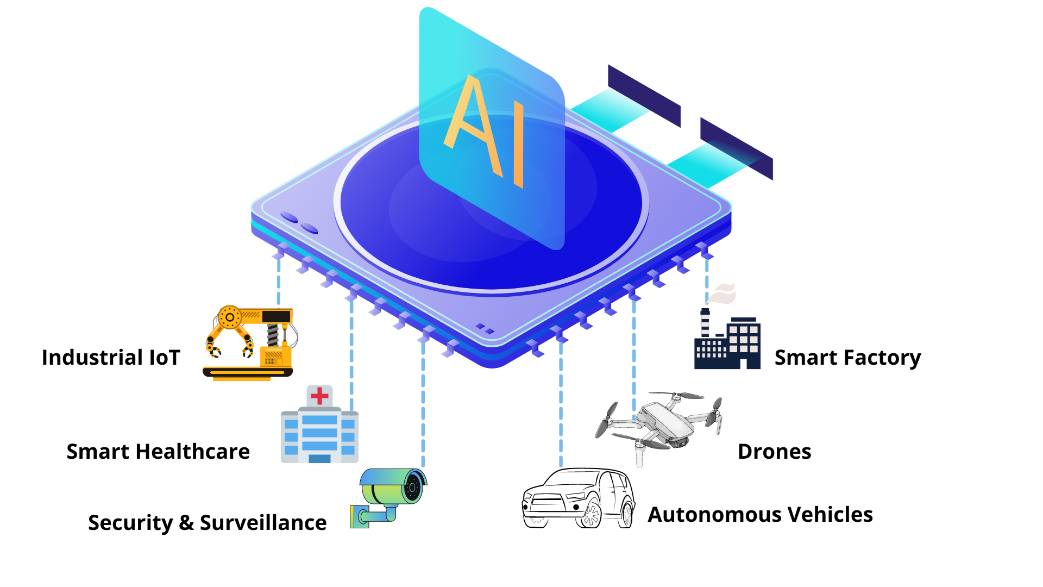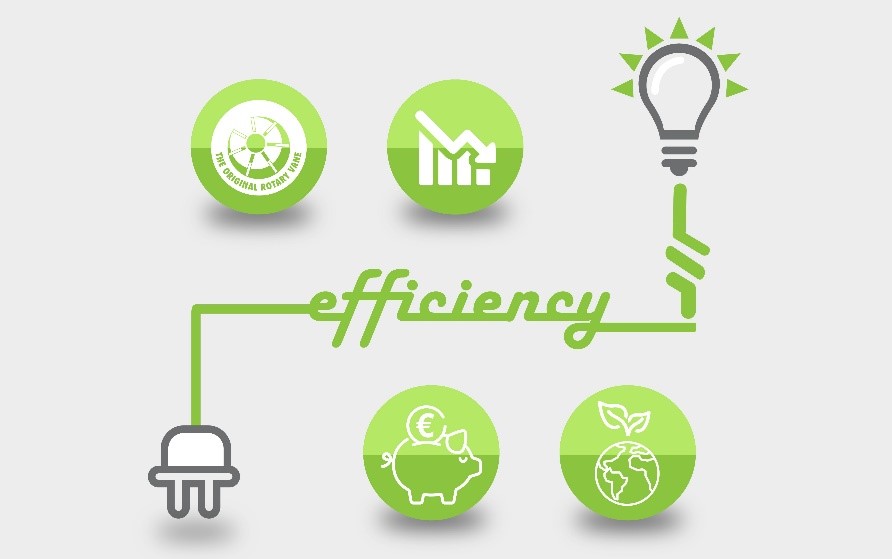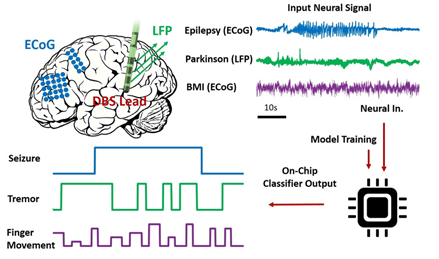What advantages does neuromorphic computing have over traditional silicon-based AI?

What advantages does neuromorphic computing have over traditional silicon-based AI?
by Maximilian 04:48pm Feb 03, 2025

Neuromorphic computing offers several distinct advantages over traditional silicon-based AI, particularly when it comes to mimicking the brain's processing abilities and improving efficiency in terms of energy consumption, speed, and adaptability. Here are the key advantages of neuromorphic computing:
1. Energy Efficiency
Neuromorphic chips process information using spikes (event-driven computation), similar to biological neurons. This significantly reduces energy consumption compared to the continuous computation in traditional systems.
Traditional AI, particularly deep learning on GPUs or CPUs, consumes large amounts of power due to frequent data movement and computations.

2. Real-Time Processing
Neuromorphic systems are designed for low-latency, real-time processing, making them ideal for tasks like sensor data analysis, robotics, and edge computing.
In contrast, traditional AI models often require batch processing and cloud-based computation, which can introduce delays.
3. Parallelism
Neuromorphic systems mimic the massively parallel nature of the brain, enabling highly efficient simultaneous processing of data streams.
Traditional von Neumann architectures are limited by sequential instruction execution and the memory bottleneck.
4. On-Chip Learning and Adaptability
Neuromorphic chips allow for local, dynamic learning (e.g., spike-timing-dependent plasticity, or STDP) within the hardware. This enables adaptive and continual learning without retraining the entire network.
Traditional AI often requires retraining on external processors, which can be computationally intensive and slow.

5. Memory-Processing Integration
Neuromorphic systems integrate memory and computation within the same units (similar to neurons and synapses in the brain). This minimizes the energy-intensive data transfers characteristic of traditional architectures.
Traditional silicon-based systems suffer from the “von Neumann bottleneck,” where moving data between CPU/GPU and memory is a limiting factor.
6. Scalability
Neuromorphic hardware can scale efficiently by adding more neurons and synapses without dramatic increases in power consumption or latency.
Scaling traditional AI systems often increases energy use and computational demand exponentially.
7. Noise Robustness
Neuromorphic systems can function effectively in noisy or incomplete environments, leveraging brain-like mechanisms for fault tolerance and approximation.
Traditional AI typically relies on precise computation and may degrade in performance when data is noisy.
8. Edge AI and IoT Applications
Neuromorphic chips are compact, low-power, and highly efficient, making them ideal for edge computing and IoT devices, where energy resources are limited.
Traditional AI systems often require powerful hardware (like GPUs) that are unsuitable for portable or edge devices.

Conclusion
Neuromorphic computing offers several advantages over traditional silicon-based AI, particularly in terms of energy efficiency, real-time processing, adaptability, and fault tolerance. By mimicking the brain’s structure and processes, neuromorphic systems are more natural in their approach to learning and decision-making, allowing them to perform tasks in a more brain-like and efficient manner. These advantages make neuromorphic computing particularly well-suited for applications such as robotics, autonomous systems, IoT devices, and real-time decision-making processes, where energy efficiency and fast processing are critical.






